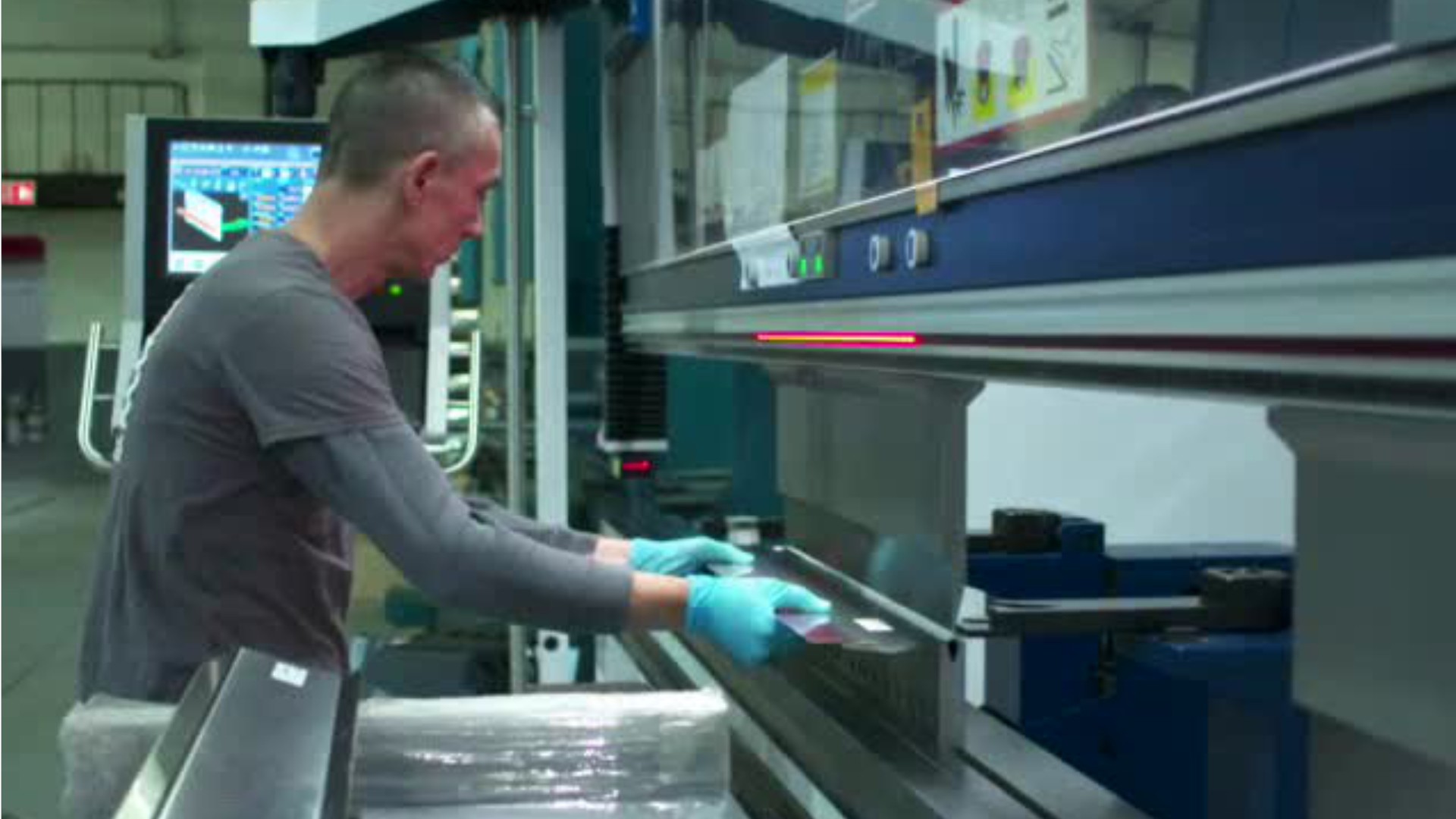Patternmakers, Metal & Plastic
Metal Pattern Maker, Pattern Maker, Patternmaker, Wax Molder
What they do:
Lay out, machine, fit, and assemble castings and parts to metal or plastic foundry patterns, core boxes, or match plates.
On the job, you would:
- Verify conformance of patterns or template dimensions to specifications, using measuring instruments such as calipers, scales, and micrometers.
- Set up and operate machine tools, such as milling machines, lathes, drill presses, and grinders, to machine castings or patterns.
- Repair and rework templates and patterns.
Knowledge
Manufactured or Agricultural Goods
- manufacture and distribution of products
Engineering and Technology
- mechanical
- design
Math and Science
- arithmetic, algebra, geometry, calculus, or statistics
Skills
Basic Skills
- keeping track of how well people and/or groups are doing in order to make improvements
- listening to others, not interrupting, and asking good questions
Problem Solving
- noticing a problem and figuring out the best way to solve it
Abilities
Hand and Finger Use
- keep your arm or hand steady
- hold or move items with your hands
Ideas and Logic
- notice when problems happen
- order or arrange things
Personality
People interested in this work like activities that include practical, hands-on problems and solutions.
They do well at jobs that need:
- Attention to Detail
- Dependability
- Cautiousness
- Achievement Orientation
- Perseverance
- Integrity
Technology
You might use software like this on the job:
Computer aided design CAD software
- 3D Systems Geomagic Design X
- Autodesk AutoCAD
Computer aided manufacturing CAM software
- Delcam PowerMILL
- Mastercam computer-aided design and manufacturing software
Spreadsheet software
- Microsoft Excel
Education
Education: (rated 3 of 5)
some college or
high school diploma/GED
usually needed
high school diploma/GED
usually needed
Get started on your career:
Find Training
Apprenticeship.gov
Job Outlook
Below Average
New job opportunities are less likely in the future.
Explore More
- Fabric & Apparel Patternmakers
- Layout Workers, Metal & Plastic
- Model Makers, Metal & Plastic
- Patternmakers, Wood
- Tool & Die Makers
You might like a career in one of these industries:
See more details at O*NET OnLine about Patternmakers, Metal & Plastic.





